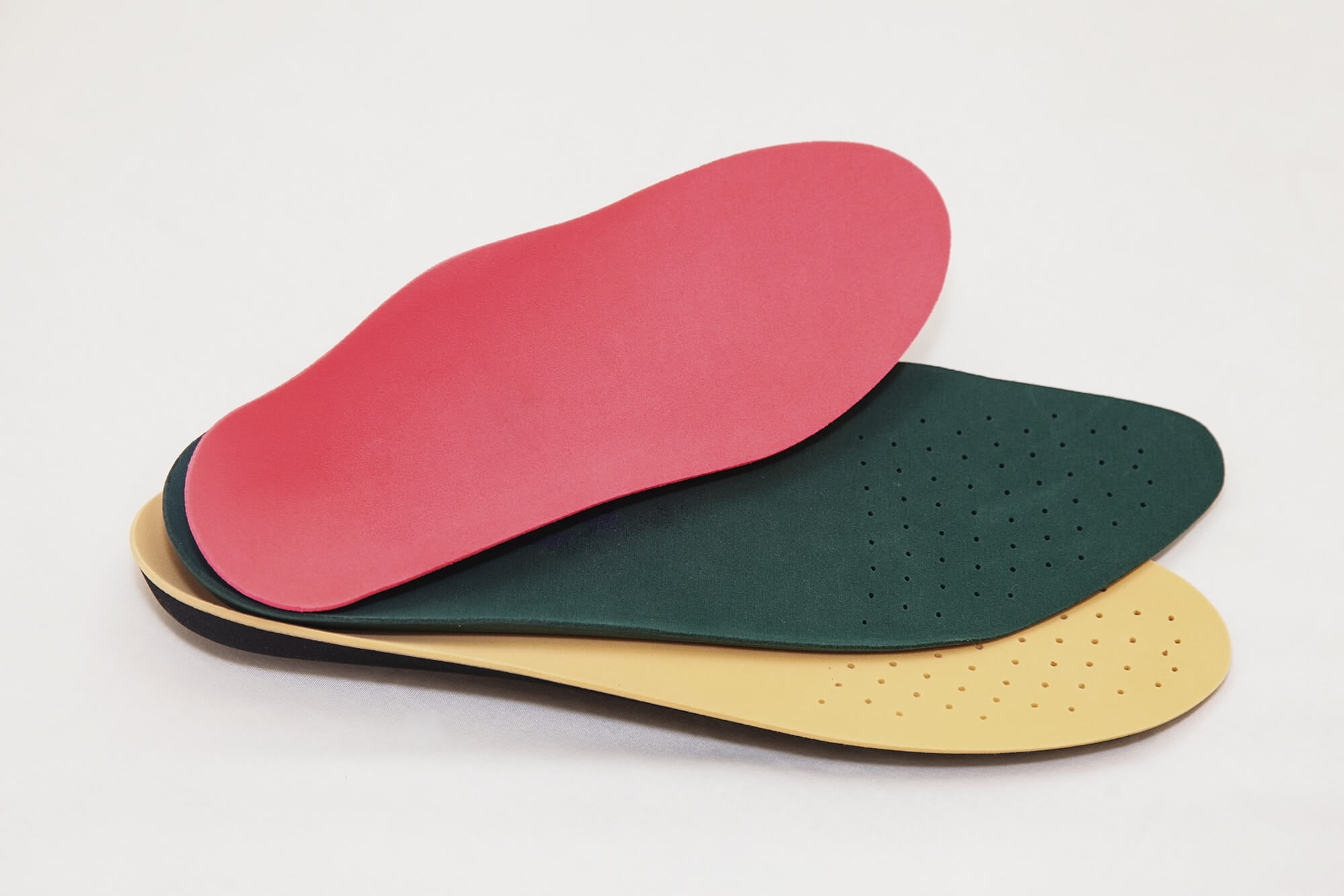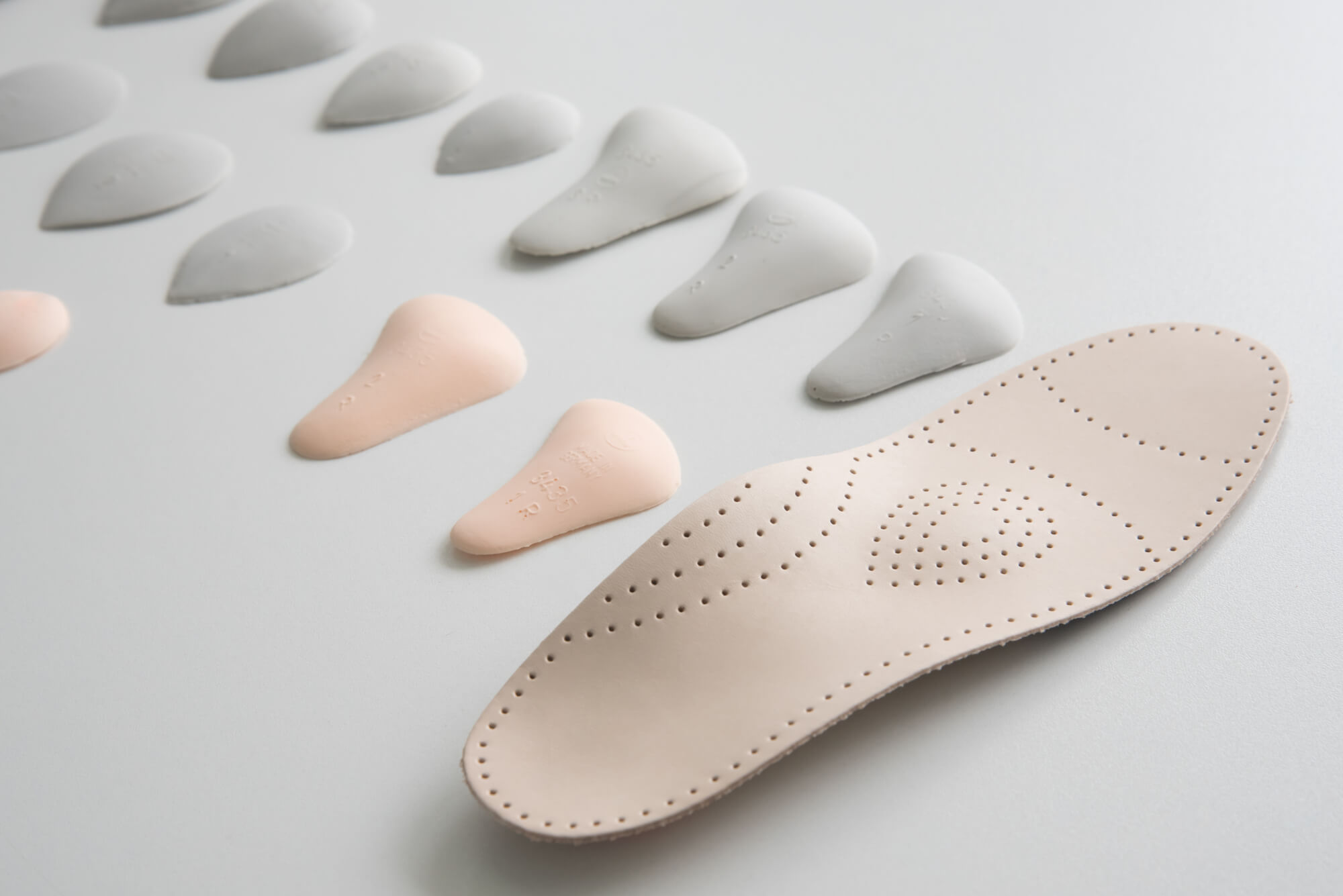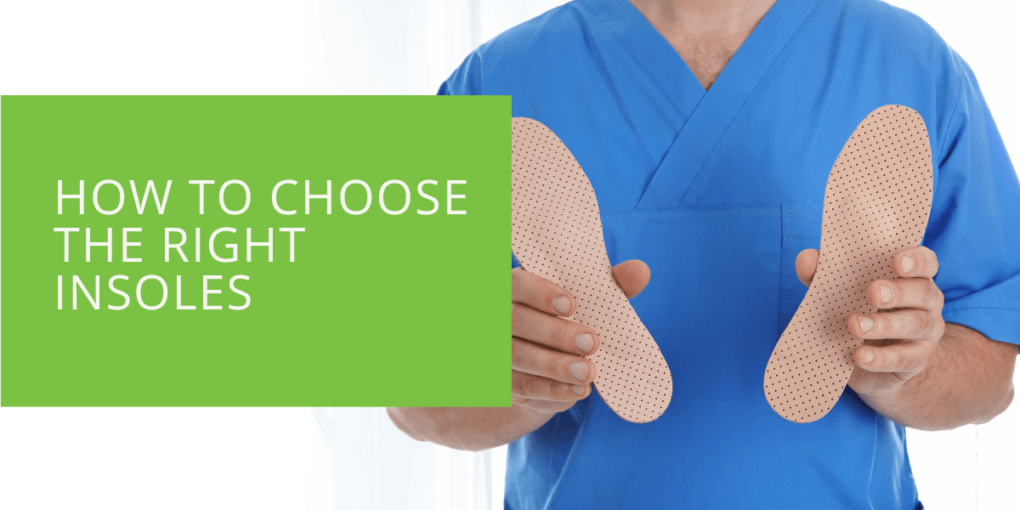How to Choose the Right Insoles for Your Feet
Are you tired of dealing with foot pain and discomfort? Do you struggle to find shoes that fit comfortably? If so, you may benefit from using insoles. Insoles, also known as shoe inserts or orthotics, can provide added support, cushioning, and shock absorption to improve the overall health of your feet. However, with so many available options, choosing the right insole for your needs can be challenging. This article will guide you through selecting the best insoles for your feet, focusing on finding the right fit, material, and support for your specific foot type and needs. Whether you're dealing with plantar fasciitis, heel pain, or flat feet, this guide will help you choose the right insoles to alleviate your foot problems and improve your foot health.
Foot Assessment
Before choosing insoles, it's important to have a foot assessment to determine the type of insole that would work best for you. A foot assessment can help identify issues such as flat feet, high arches, or overpronation. Once you know your foot type, you can choose an insole with the right support and cushioning.
Types of Insoles
There are two main types of insoles: over-the-counter (OTC) insoles and custom-made insoles. OTC insoles are pre-made and can be bought at most drugstores or supermarkets. Custom-made insoles are designed specifically for your feet and are usually made by a podiatrist or orthopedist.
Over-the-Counter (OTC) Insoles
OTC insoles come in various styles and are designed to fit various shoe sizes. They are made from different materials, such as foam, gel, or memory foam. OTC insoles are affordable for those needing basic cushioning and arch support. However, they may not support those with severe foot problems enough.
Full-Length Insoles
Full-length insoles are designed to provide support and cushioning to the entire foot. They can be used for various foot problems, such as plantar fasciitis or flat feet. Full-length insoles come in various materials, such as foam, gel, or memory foam.
3/4-Length Insoles
3/4-length insoles are designed to provide support and cushioning to the heel and ball of the foot. They are a good option for those who need added cushioning for their shoes but don't want to change the fit of their shoes.
Custom-Made Insoles
Custom-made insoles are designed specifically for your feet and offer the highest level of support and cushioning. They are made from a mold of your foot and are customized to your specific foot type. Custom-made insoles are the best option for those with severe foot problems or those who spend a lot of time on their feet.
Heat-Moldable Insoles
Heat-moldable insoles are custom-made insoles that can be molded to the shape of your foot using heat. They are a good option for those who need custom support but don't want to pay the high cost of custom-made insoles.

Insole Materials
Insoles come in various materials, each with advantages and disadvantages. The most common materials used to make insoles are foam, gel, memory foam, and wool.
Foam Insoles
Foam insoles are the most common type of insole and are usually made from polyurethane foam. They provide basic cushioning and support and are affordable for those who need it.
Gel Insoles
Gel insoles are made from a soft gel material that provides excellent cushioning and shock absorption. They are a good option for those who need added comfort and support for their feet. Gel insoles are also good for those who spend much time on their feet, as they can help reduce fatigue.
Memory Foam Insoles
Memory foam insoles are made from a special type of foam that molds to the shape of your feet, providing customized support and cushioning. They are a good option for those with specific foot problems, as they can provide targeted support and cushioning where it's needed most.
Wool Insoles
Wool insoles are made from natural wool fibers and provide warmth and comfort to your feet. They are a good option for those needing added warmth during the winter months or those with cold feet. Wool insoles also provide some cushioning and support for your feet.
Insole Arch Support
Arch support is an important factor to consider when choosing insoles. Proper arch support can help reduce foot pain, improve foot posture, and reduce the risk of injury. There are three main types of arch support: low, medium, and high.
Low Arch Support
Low arch support is designed for those with flat feet or low arches. It provides a small amount of support to the foot's arch and helps prevent overpronation.
Medium Arch Support
Medium arch support is designed for those with normal arches. It provides moderate support to the arch of the foot and helps improve foot posture.
High Arch Support
High arch support is designed for those with high arches. It provides maximum support to the foot arch and helps distribute weight evenly across the foot.

Insole Cushioning
Insole cushioning is another important factor to consider when choosing insoles. Cushioning can help reduce pressure on the foot and provide added comfort. There are several types of cushioning available in insoles.
Foam Cushioning
Foam cushioning is the most common type of cushioning found in insoles. It provides basic cushioning and is affordable for those who need basic support.
Gel Cushioning
Gel cushioning is made from a soft gel material that provides excellent cushioning and shock absorption. It is a good option for those who need added comfort and support for their feet.
Built-in Arch Support and Cushioning
Some insoles come with built-in arch support and cushioning. These insoles are designed to provide targeted support and cushioning where needed most. They are a good option for those with specific foot problems or those who spend much time on their feet.
Insole Size and Fit
Insole size and fit are important factors to consider when choosing insoles. Insoles should fit snugly inside your shoes and not move around while walking. It's important to choose the right size of insoles for your shoes.
Choosing the Right Size of Insoles
Insoles come in various sizes, so choosing the right size for your shoes is important. Insoles that are too small will not provide enough support or cushioning, while insoles that are too big will move around inside your shoes.
Tips for Ensuring a Proper Fit
To ensure a proper fit, try on insoles with the shoes you plan to wear them with. Ensure the insoles fit snugly inside your shoes and do not move around while walking. If necessary, trim the insoles to fit your shoes.
Insole Maintenance
Insole maintenance is important for their effectiveness. Proper maintenance can help prolong the life of your insoles and keep them working effectively.
Caring for Insoles
To care for insoles, wipe them with a damp cloth to remove dirt and debris. If the insoles are washable, follow the manufacturer's instructions for washing. Allow the insoles to air dry before using them again.
When to Replace Insoles
Insoles should be replaced periodically to ensure they still provide the support and cushioning you need. The lifespan of insoles depends on the material and how often you use them. Generally, replacing insoles every six months to one year is recommended.
Conclusion
Choosing the right insoles is important for your foot health. Insoles can provide added support, cushioning, and shock absorption to improve the overall health of your feet. When choosing insoles, consider foot type, insole materials, arch support, cushioning, size and fit, and maintenance. Selecting the right insoles for your needs can improve your foot posture, reduce the risk of injury, and alleviate foot pain and discomfort. Don't hesitate to consult a podiatrist or orthopedist for advice on choosing the right insoles for your foot problems.
Finding the right insoles for your feet can be a game-changer for your health. By following the tips and information in this article, you can choose the right insoles for your needs and enjoy the benefits of improved foot posture, reduced foot pain and discomfort, and reduced risk of injury. Whether you're looking for full-length insoles, heat-moldable insoles, or built-in arch support and cushioning, an insole is right for you. So don't wait any longer, buy the right insoles today and start enjoying the benefits of happy and healthy feet!

